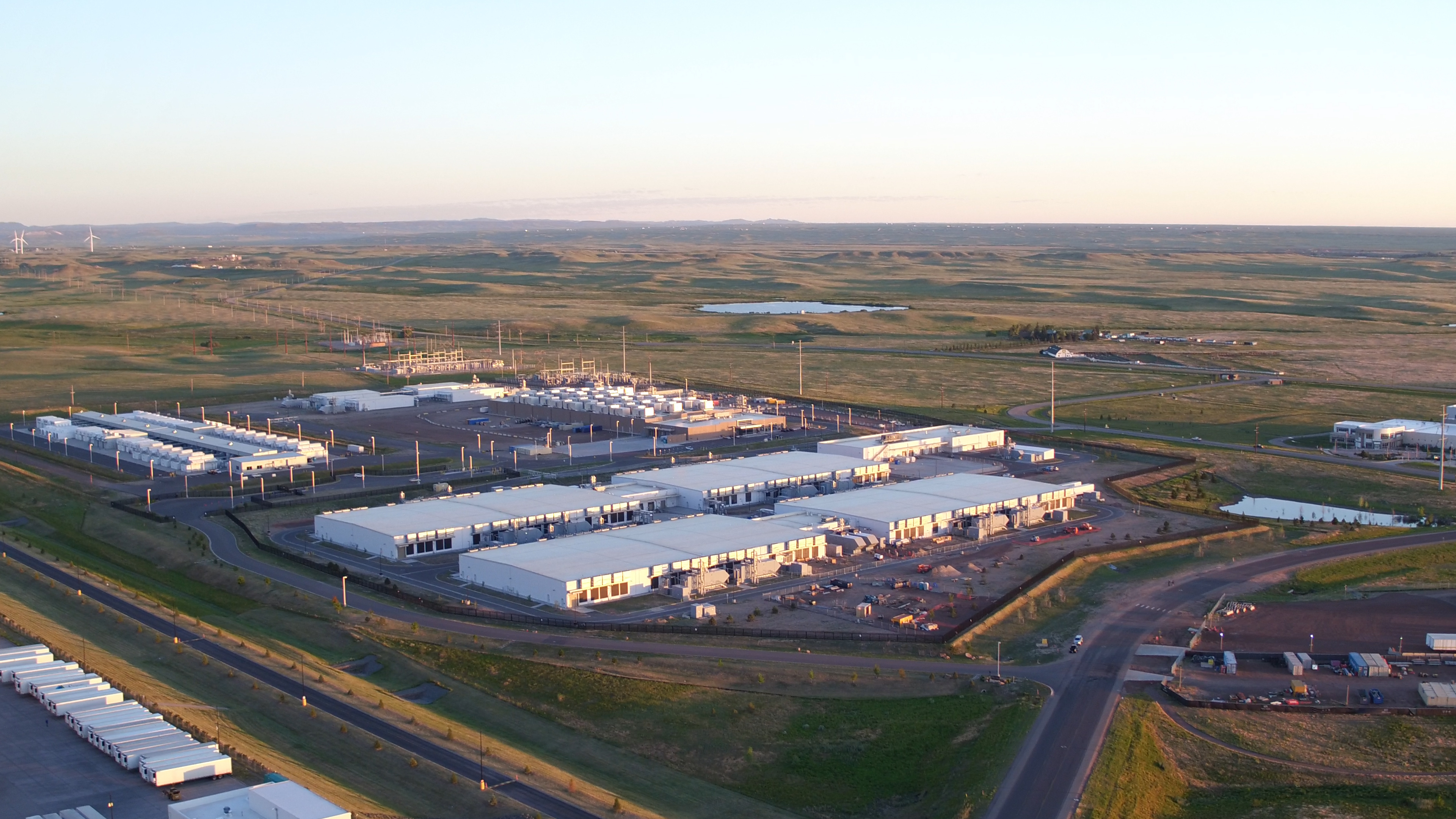At Microsoft, we spend a lot of time with our head in the clouds, both literally and figuratively. As our world-class cloud technology is busy enabling digital transformation for enterprise customers, small businesses, and governments alike, we at Microsoft are also busy working to ensure that the datacenters that power our cloud are doing so sustainably.
Already, our datacenters are built with the highest environmental standards in mind. They are designed to be energy-efficient, use less water than average builds and are increasingly powered by wind, solar and hydro power. Today, we’re announcing a commitment to pursue LEED Gold certification for our entire portfolio of owned datacenters. However, we have taken it a step further by doing it under the U.S. Green Building Council’s (USGBC) LEED volume program.
For the first time in the industry, we’ve collaborated with USGBC to create a standardized set of design and expected performance criteria under LEEDv4 BD+C Data Centers that will serve as a “blueprint” for Microsoft and others to build and certify greener, more efficient datacenters. By building our new owned datacenters and certifying our existing owned datacenters to this standard, we expect to save energy, water, resources, generate less waste and support human health. And we are proud to pave the way for other datacenter providers to do the same, by using this more efficient model for achieving LEED Gold.
“Our future is being driven by technology and Microsoft recognizes the importance of creating sustainable datacenters that use fewer resources, are more energy efficient and healthier,” said Mahesh Ramanujam, president and CEO, USGBC. “Microsoft’s commitment is highlighting the importance of bringing technology and sustainability together if we want to achieve a sustainable future for all.”
LEED is the most widely used green building rating system in the world and is used as a framework for all kinds of buildings – including datacenters. But there have been hurdles for cloud companies to build a datacenter to achieve LEED. Much of the cost and time for certification is in how this standard gets applied – each individual datacenter must be certified on its own. That approach makes sense for buildings that vary a great deal. But it’s inefficient for datacenters, which tend to be similarly designed.
That is precisely why we’re making a commitment to LEED and pursuing our LEED certification under the U.S. Green Building Council’s LEED volume program. Under this program, we don’t have to submit repetitive documentation for each individual datacenter or re-perform a complex set of energy models for any new location that varies from the prototype. Now that our prototype is approved and pre-certified, we can easily certify any other new location that fits the GBCI approved approaches, without repeating the LEED process over and over, at considerable savings in time, money, and complexity. Since these systems will only be certified if they meet rigorous sustainability requirements, that means we’ll standardize the best-in-class solutions across our owned datacenters—driving a cleaner cloud for our customers. Additionally, this provides a roadmap for others to do the same, thus driving broader adoption.
Pursuing LEED also extends and expands our long-standing commitment to sustainability within our datacenters. LEED certifications take energy efficiency into account, but have a larger focus on the overall impact on the environment and social responsibility. That includes things like recycling programs, using more natural lighting, heating and cooling and using more green materials in construction.
We’re already seeing how this expanded view of sustainability is good for business, operations and the planet. Take our Des Moines location as an example. There, we recently swapped out an entire area of fixtures to LED lighting. This had big energy impact, resulting in a 28,382 kilowatt hour annual reduction in energy consumption for the space. But it also created other business benefits. LEDs are less prone to outages, so we’re saving time and effort to replace bulbs and ballast.
Microsoft is driving innovation in every aspect of the cloud, including the physical infrastructure on which the cloud runs. Today’s announcement represents a big step forward in standardizing some of these innovative approaches and driving greener, more efficient datacenters from design to operation to maintenance. And we look forward to working with others who want to follow our “LEED,” and make the entire global cloud infrastructure more efficient.

